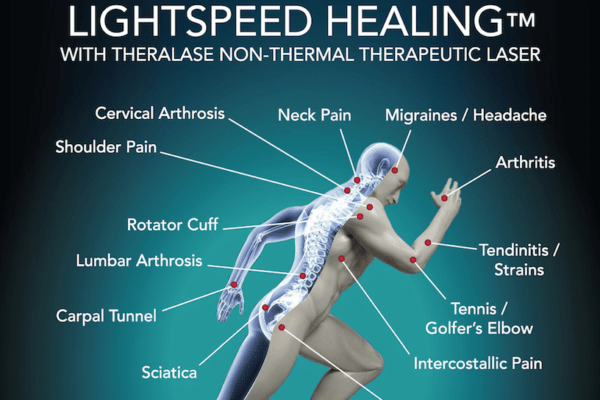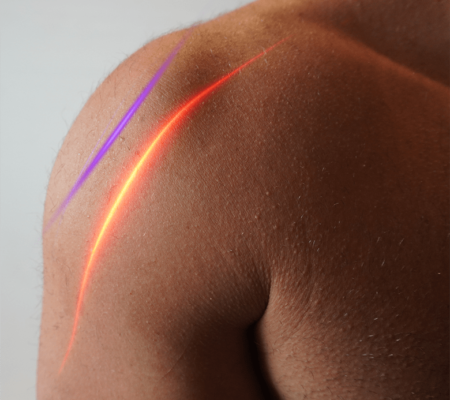

LLLT has been shown to modulate the inflammatory response, leading to a reduction in inflammation associated with conditions such as arthritis, tendonitis, and other inflammatory disorders. Furthermore, in addition to targeting inflammatory mediators and promoting the release of anti-inflammatory cytokines, LLLT also helps alleviate pain and swelling, thereby improving joint function and mobility. Overall, this anti-inflammatory effect makes LLLT a promising treatment option for individuals seeking relief from chronic inflammatory conditions. As a result, it offers a non-pharmacological approach to pain management and an improved quality of life.
LLLT enhances cellular energy production within mitochondria, the powerhouses of cells, thereby leading to improved tissue repair and regeneration. Moreover, in addition to increasing ATP (adenosine triphosphate) production, LLLT also accelerates the healing process of muscles, ligaments, nerves, bones, joints, and soft tissue injuries. Consequently, this therapeutic effect makes LLLT a valuable adjunctive treatment in various medical fields, including physical therapy, sports medicine, and chiropractic care. Ultimately, it aids in the recovery from injuries, reduces downtime, and promotes overall tissue health.
At The Head & Spine Pain Center, we utilize Erchonia lasers, which operate with low-level lasers in the visible light spectrum. Furthermore, these lasers trigger essential chemical reactions by exciting electrons to higher energy levels. Importantly, this process, integral to the electron transport chain (ETC), generates ATP – the body's main energy source. Additionally, in addition to effectively alleviating pain, we are promoting healing, ensuring our patients' well-being.
Research suggests that LLLT can be effective for various conditions, including pain management, tissue repair, and inflammation reduction. However, individual responses may vary.
LLLT is generally considered safe with minimal side effects, such as mild warmth or tingling sensation at the treatment site. In addition to it being non-invasive, it also does not typically cause adverse effects when performed by a qualified practitioner.
The number of sessions required depends on the condition being treated, its severity, and individual response to treatment. Typically, a series of sessions spaced over several weeks is recommended for optimal results.
Some contraindications to LLLT include pregnancy, active cancer, epilepsy, and use of photosensitizing medications. Nonetheless, your healthcare provider will assess your suitability for LLLT based on your medical history.
LLLT is often used as a complementary therapy alongside other treatments such as physical therapy, chiropractic care, or medication. Nonetheless, your healthcare provider can advise on the compatibility of LLLT with your current treatment plan.
The duration of LLLT effects varies depending on the individual, the condition treated, and other factors. Generally, maintenance sessions may be recommended to sustain the benefits of LLLT over time, particularly for chronic conditions. Nonetheless, your healthcare provider can provide guidance on the frequency of maintenance sessions.